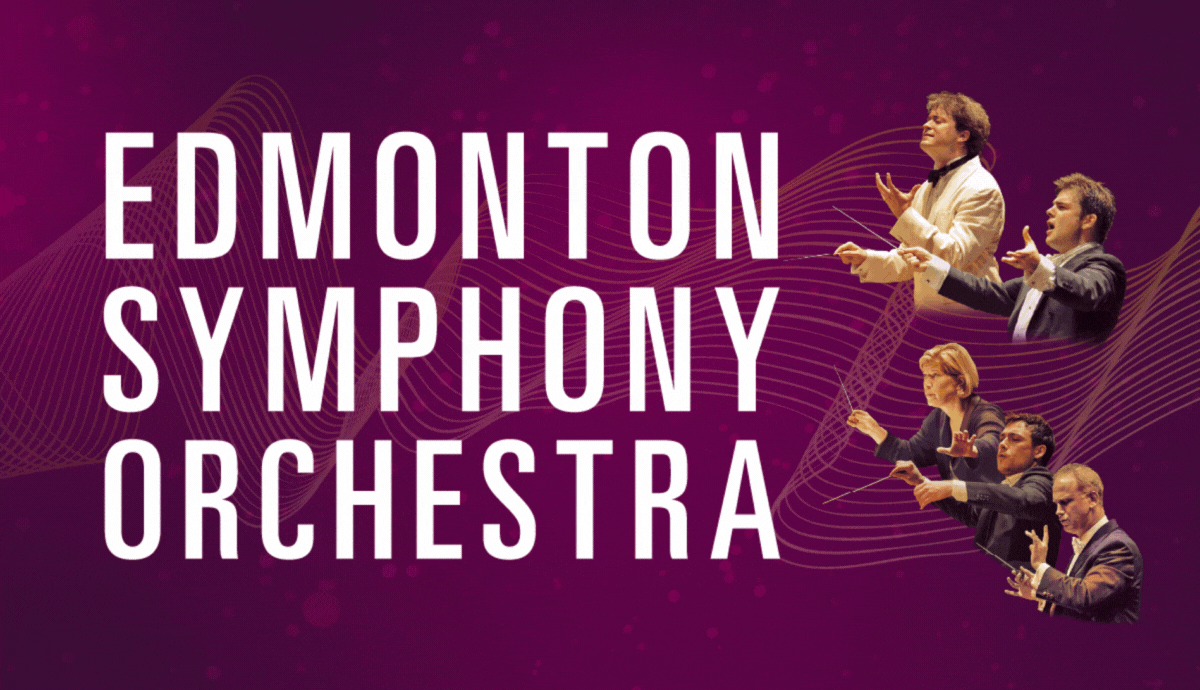Stéphane Tétreault performs Dvořák’s Cello Concerto
May 31, 2024

By D. T. Baker
One does not need to stray too far out on a limb in calling the Cello Concerto in B minor by Antonín Dvořák the most popular cello concerto ever written. Sure, there will be votes for the Haydn Concerto in C Major, and Elgar’s beautiful concerto, but Dvořák still wins by a wide margin. As the Edmonton Symphony Orchestra prepares to welcome back their good friend Stéphane Tétreault to present the concerto at this season’s final ESO Classics concerts June 13-15, it’s reasonable to ask how Dvořák managed to combine just the right amount of pretty much everything to make it work as well as it does.
“The Dvořák concerto has everything in it,” states ESO Principal Cello Rafael Hoekman, “epic sweeping romantic orchestral tuttis, beautiful singing tunes, dramatic heartbreak sequences, technical wizardry from the soloist…but above all the whole piece kind of tells the story of a hero/heroine. His/her struggles, triumphs, times of rest, contemplation, loves, losses, and epic adventures.”
He's not wrong. Central to the compositional process of the concerto was struggle. There were several people over the course of the concerto’s genesis that seemed to regard the whole project askance. And one of those was Antonín Dvořák.
“The cello is a beautiful instrument, but its place is in the orchestra and in chamber music,” the composer said years before composing the work, regarding the prospect of writing such a concerto. “As a solo instrument it isn’t much good…the upper voice squeals and the lower growls.”
Dvořák had toyed with the idea of a concerto as far back as 1865, when he was 24. The great Czech cellist, and Dvořák’s friend Hanuš Wihan, tried to coax the composer to write one. It was actually not until Dvořák’s time in America that the tide turned. Invited to New York in 1892 to head up the newly-created National Conservatory of Music for a three-year term, Dvořák was present at the first performance of a concerto by Irish-American cellist and composer Victor Herbert (yes, the Babes in Toyland guy). Duly impressed, Dvořák saw potential he had previously not realized, and set to work on his own.
Like the “New World” Symphony and the “American” String Quartet, both composed at about this time, Dvořák’s concerto was filled with the homesickness he felt living so far away from his beloved Bohemia. And while he intended the work to be for his friend Wihan, the cellist proved another impediment to the work’s completion. He insisted on many changes to the solo part, and while Dvořák incorporated some, he did not change enough to suit Wihan. As a result, the concerto’s premiere was given by Leo Stern, in London in 1896.
Dvořák’s instincts for his piece certainly seem to have been corroborated by history, as the work has been a favourite of musicians and audiences since its first performances. Unlike many of the heroically virtuosic showpieces of the late Romantic era, Dvořák’s concerto balances the formidable demands of the solo part with an orchestral contribution as equally important. There is also thematic unity to the work, as references to earlier material recur in the final movement.
Rafael Hoekman’s comments about the concerto’s emotional range is worth noting. Aside from the touching homesickness that gives the concerto its reflective aspect, there was personal heartbreak as well. Dvořák’s sister-in-law (and indeed, an object of his heart in his youth) took seriously ill as Dvořák completed the work, and in her honour, Dvořák quotes one of his own songs, written years before, that had been a particular favourite of hers. It emerges in the second movement, and seriously tugs at the heartstrings.
“Every part of it is just terrific music, and even if you haven’t heard it before, you feel like you know it,” Mr. Hoekman has said, “like it’s written for you.”
Since the Winspear Centre opened in 1997, Dvořák’s Cello Concerto has been heard in the hall four times before this, and once outdoors at Symphony Under the Sky. Mr. Hoekman presented the work’s opening movement as soloist at a Lighter Classics concert in February of 2018. One is desperately hard pressed to name a single touring cellist who has not performed the work regularly, and nearly as many have recorded it.
“I’m thrilled to be coming back to Edmonton to play the Dvořák Cello Concerto,” Mr. Tétreault writes. “It’s one of my all-time favourites. The emotional depth, lyrical beauty, and dramatic intensity of this piece never fail to move me. Its vibrant orchestration, rich harmonies, and intricate passages create an incredible musical experience. I can’t wait to share the magic of this work with the ESO, conductor Alain Trudel, and the Edmonton audience!”
One of the most famous endorsements of this treasured work comes from Johannes Brahms. An early supporter and friend of Dvořák, Brahms was in his twilight years when he heard the work (indeed, Brahms died the year following the concerto’s premiere). Brahms was a loyal and valuable friend to Dvořák, but he was never one to mince words. He could be as effusive in his praise as he could be withering in his criticisms.
Of the cello concerto composed by Dvořák, Brahms paid one of his highest compliments. “If I had known that it was possible to compose such a concerto for the cello, I would have tried it myself!” he said.
Get tickets to Marvelous Melodies: Dvořák’s Cello Concerto by clicking here.


